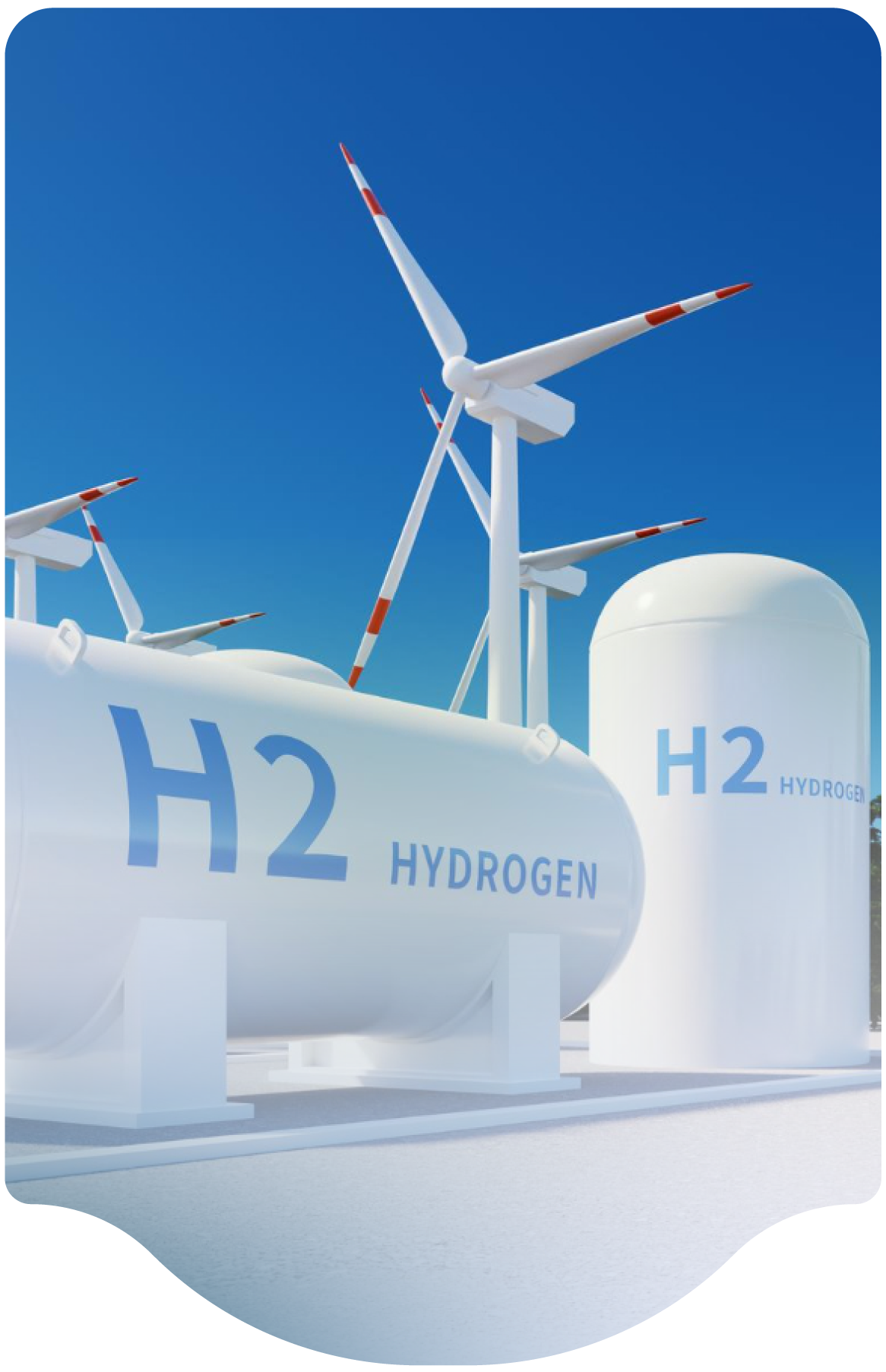- Home
-
Resources
- Center for Hydrogen Safety
- Hydrogen Fuel Cell Codes and Standards
- Learnings & Guidance
- Paper & References
- Web-based Toolkits
- Workforce Development

- Contact
- About H2Tools
- Welcome to the Hydrogen Tools Portal
- helpdesk@h2tools.org
FAQ
Frequently Asked Questions
Question & Answer
- 265 results found
- Clear All
Documents such as NFPA 2, Hydrogen Technologies Code, and the International Fire Code have quantity thresholds that differentiate requirements for the design of systems and enclosures. However, even the smaller quantities present a hazard under specific conditions, especially for systems that have the potential to release hydrogen into a confined or unvented space. Good engineering judgement…
Category: Site Planning
Keywords: Safeguards, NFPA 2, Indoors
Hydrogen has been transported safely through pipelines for over 50 years. There are dozens of pipeline networks in safe operation globally, with several individual networks that approach up to 1000 miles.
Significant testing and some demonstration projects are underway to ensure safety. Some of the aspects under investigation include compatibility of the pipe and other materials,…
Category: Piping
Keywords: Hydrogen Blending, Natural Gas, Pipeline, Material Compatibility
Requirements for TPRD/PRD’s depend on the local regulations. Some jurisdictions require them, some do not. Others make them optional based on results of performance testing.
Category: Pressure Relief Devices
This is a complicated subject. Thermally activated pressure relief devices can be an important safeguard for hydrogen vessels if properly designed and installed in accordance with code requirement. Requirements vary globally and often depend on the type of vessel and its intended service (e.g. mobile or stationary). However, as with any device, TPRD’s offer both advantages and disadvantages.…
Category: Pressure Relief Devices
No, this is not a common or preferred approach. Isolating the source of hydrogen is the best safety practice. Water systems could extinguish the flame but allow the gas to continue leaking and result in an explosion if reignited.
Category: Hazards Analysis
Keywords: Facility, Deluge, Fire Protection, Explosion
Situations where extinguishing a hydrogen leak prior to stopping flow is safer are rare. Hydrogen releases have a high potential for inadvertent re-ignition and subsequent explosion. Some vent stacks might be equipped with an extinguishing system, but these often can be more hazardous than allowing a properly designed vent stack to continue to burn until the source is isolated.
Category: Hazards Analysis
Keywords: Fire, Extinguish, Re-ignition, Source Isolation
Speed of detection, detection limit, location, and cross-sensitivity are some of many criteria that might be used for selecting a detector. A common setpoint for gaseous hydrogen detection is 25% of LFL, or 1% concentration in air. However, the detection limit also depends on the system and exposure. When specific hazards are likely, detectors may have detection limits in the low-ppm range.…
Category: Detectors
Keywords: Leak Detection, Set Point
Detection systems are nearly always installed but the system design and installation details of detection equipment are up to the manufacturer. Standards are being developed for this market.
Category: FC Electric Vehicles
Keywords: Leak Detection, Trucks, Detection Systems, Vehicle Standards
Leakage/loss depends on the vessel design. Metallic or metallic lined vessels have extremely low permeability and losses through the vessel walls are typically imperceptible. Conversely, Type IV composite vessels which have non-metallic liners are subject to permeation. They are required to meet maximum permeation rates as part of their certification. Fugitive emissions from piping systems can…
Category: Storage
Keywords: Leak, Vessel Design, Permeation, Emissions
Leak detection system requirements depend on the system design and applicable codes. The
appropriateness of detection equipment depend on many factors, including the type of system,
application, location, and probability of leaks. For example, hydrogen refueling stations are required by
code to be equipped with leak detection systems.
Category: Detectors
Keywords: Leak Detection, Fueling Station
We are professional and reliable provider since we offer customers the most powerful and beautiful themes. Besides, we always catch the latest technology and adapt to follow world’s new trends to deliver the best themes to the market.
Contact info
We are the leaders in the building industries and factories. We're word wide. We never give up on the challenges.
- 2 Queen Street,California, USA
- (+84) 04 123 456
- :Helpdesk@h2tools.org
